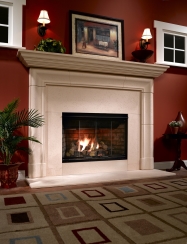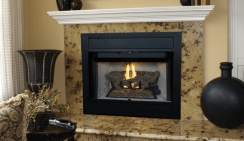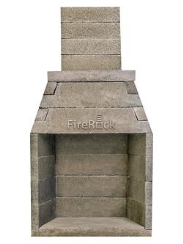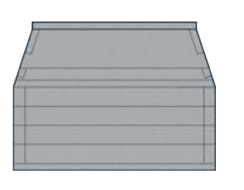B-Vent Fireplaces
Displaying 1–20 of 43 items
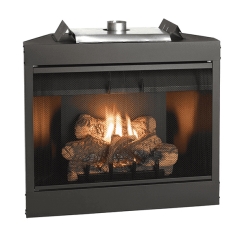
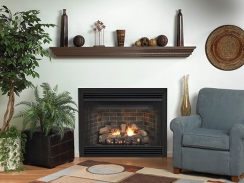
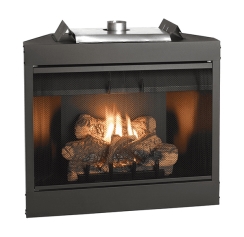
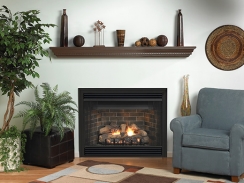




Related Articles
Have questions?
Our NFI-certified experts are here to help!Customer Q&A with Product Specialists
Thank you for reaching out!
Thank you for your interest in our products. We've received your question and will get back to you shortly — usually within the hour but always within 1 business day. To ensure you receive our response, please add our email address (info@efireplacestore.com) to your email whitelist or address book.
In the meantime, while we prepare our response, keep an eye on your inbox for an email from us. We'll be sending you our exclusive Buyer's Guide, packed with valuable information to assist you in making the best decision for your needs.
If you have any further questions or need immediate assistance, feel free to reach out to us directly at 1-800-203-1642.
Thank you again for choosing eFireplaceStore.com!
About B-Vent Fireplaces
Just like you, different gas fireplaces have different needs. But how do you know the difference between a b vent fireplace and a direct vent fireplace? B vent gas fireplaces look like a woodburning hearth but use different venting. So, back to the question - how do you know what b vent fireplace you need? Check out our B-Vent Fireplace Buyer's Guide for more information!

